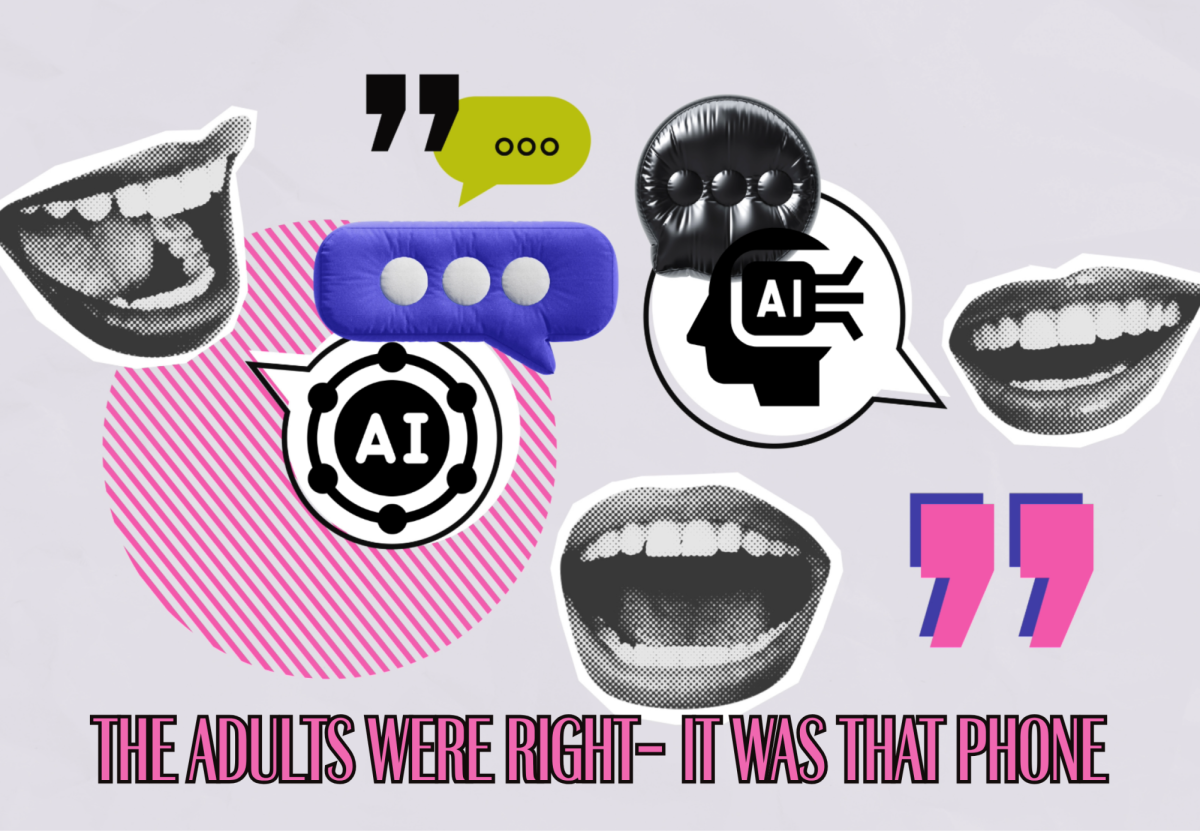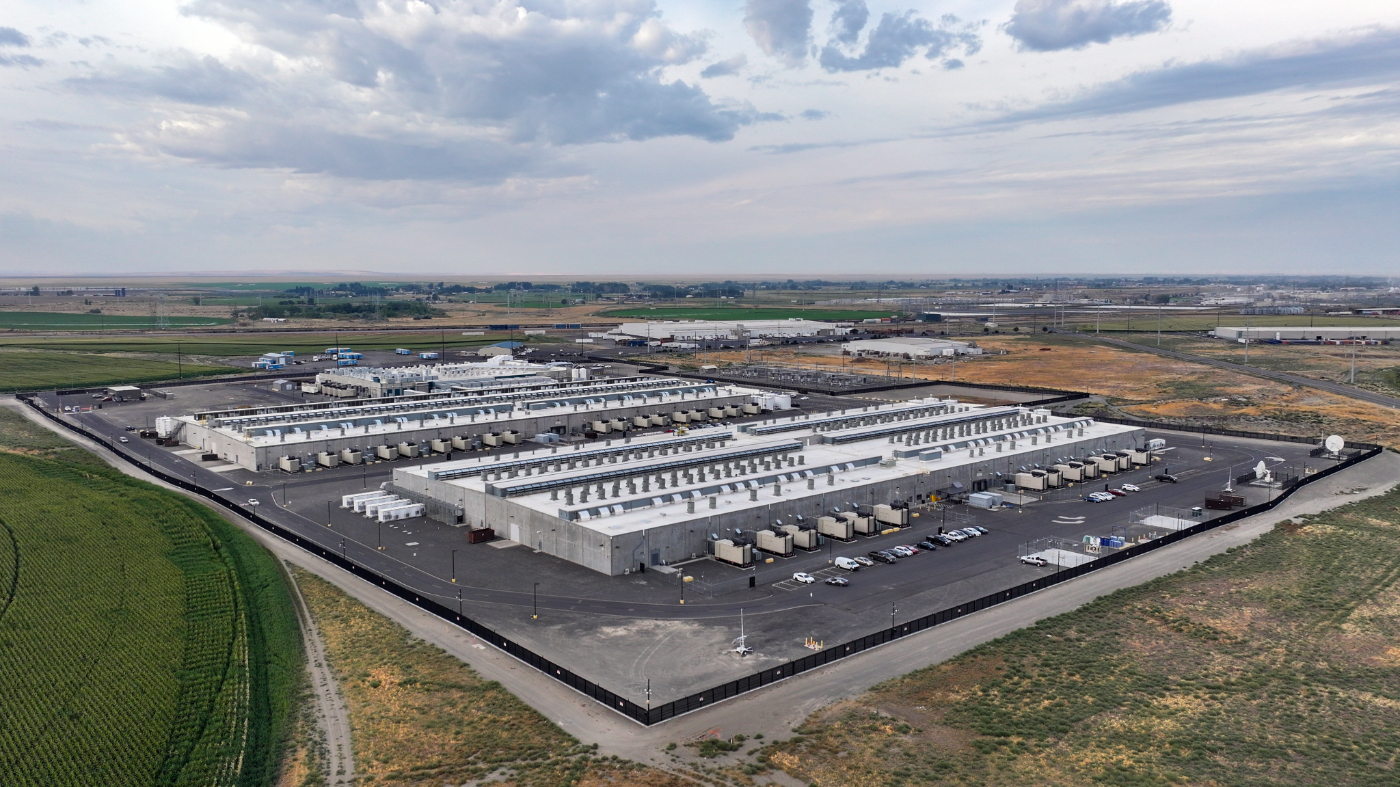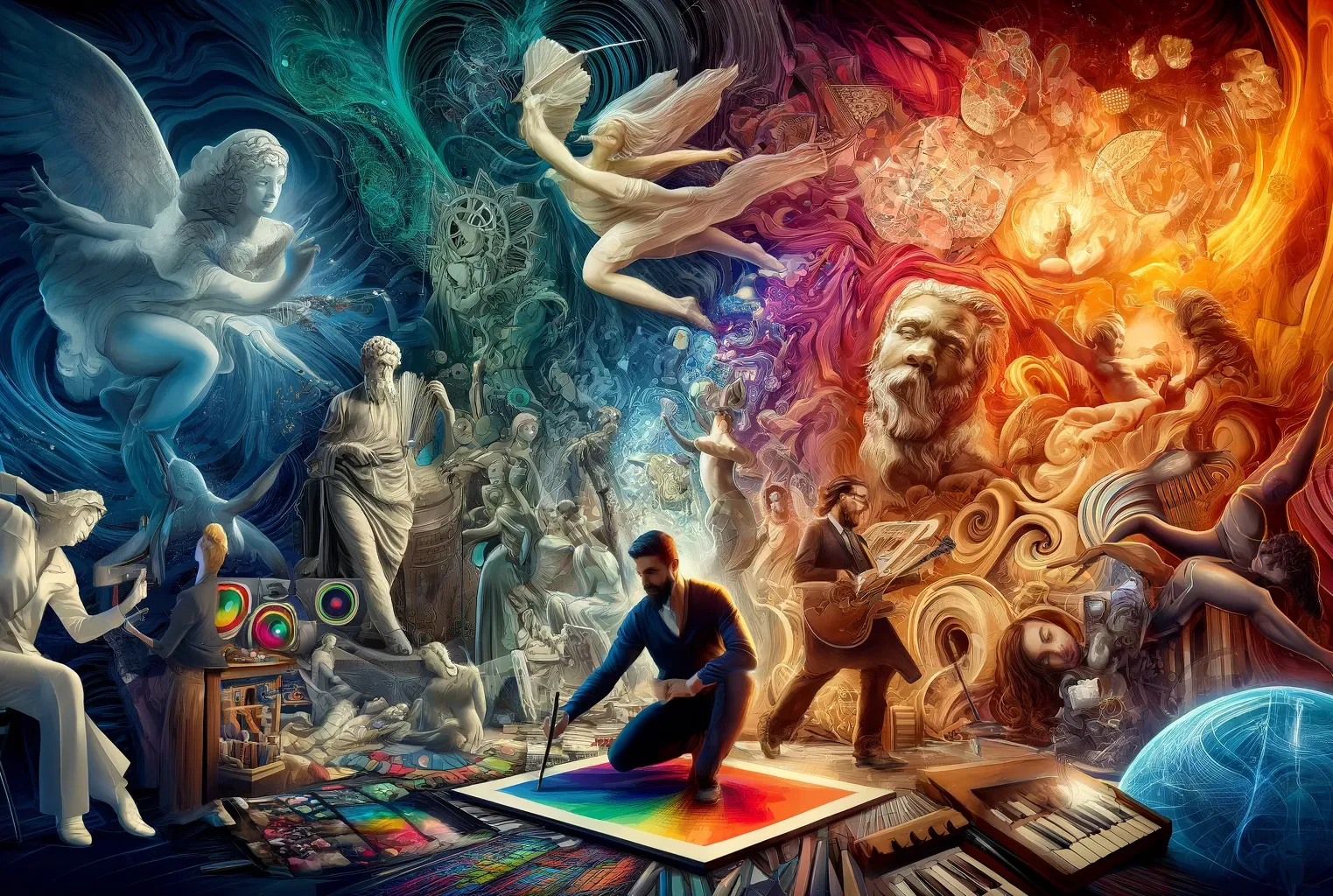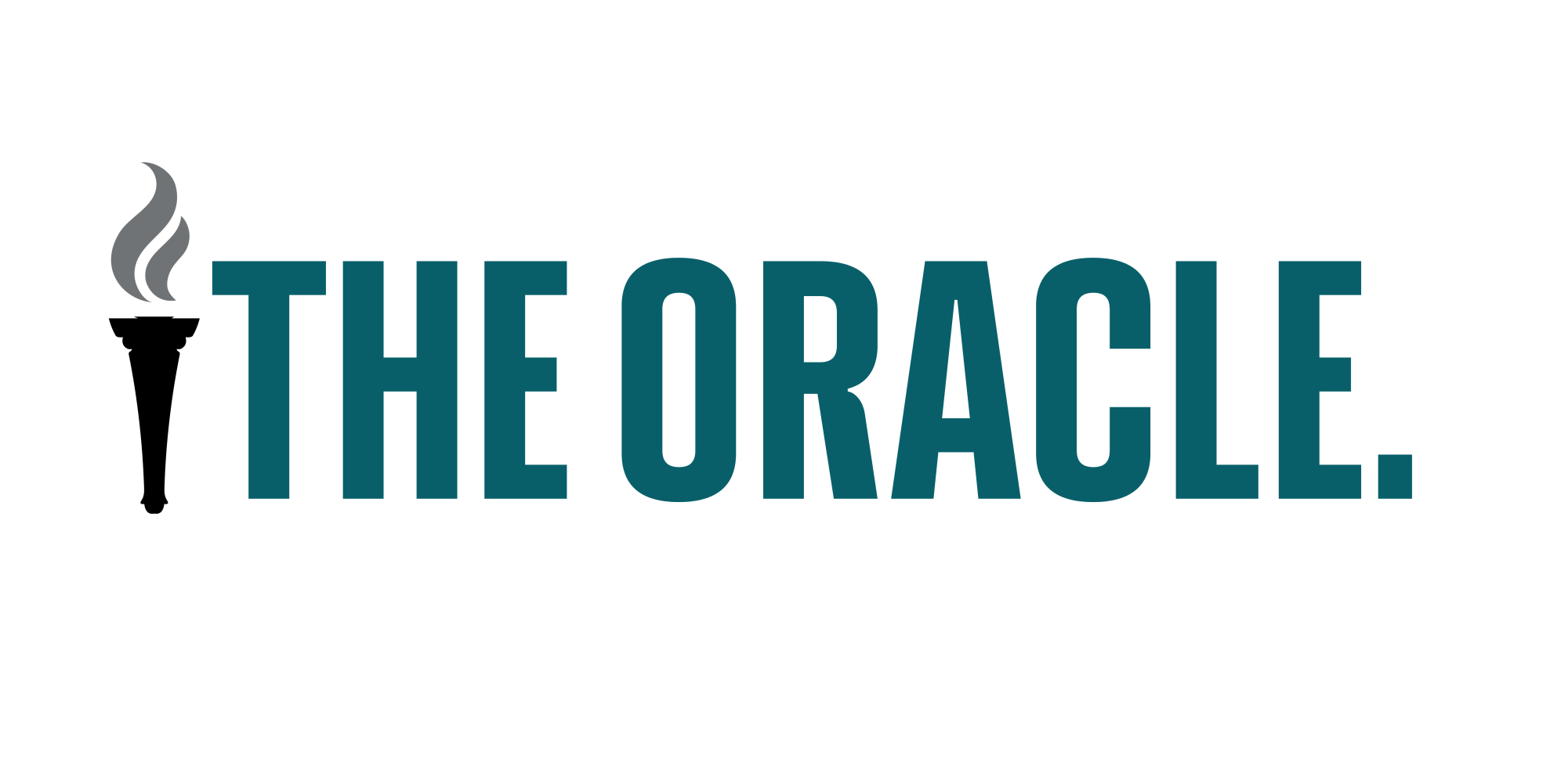
Artificial Intelligence may seem like something that was created recently but the revolution has been brewing for the last couple of decades, just waiting for the new boom. The first AI ever created was back in 1961, and it was called “ELIZA,” a chatbot that would recognize speech patterns and reply with easy-to-understand phrases. The first time it was utilized, the user was so stunned that she asked its creator– Joseph Weizenbaum– to exit the room to make sure there wasn’t anyone present.
Although Generative AI’s ability to produce text, images, and video are more than impressive, and extremely well-known, its downsides are not as publicly displayed. Weizenbaum often worried about the consequences of his creation, and 64 years later, we start to see many of these concerns take root in our society.
Energy and Water Usage
One of the big things that most people do not consider about Generative AI is the amount of energy a text input requires. Data centers don’t actually live in the cloud, they are a physical, liminal space. Which means that they require energy to function. The MIT study by Adam Zewe, titled “Explained: Generative AI’s environmental impact,” claimed that in a 2021 research paper, scientists from Google and the University of California at Berkeley estimated the training process alone consumed 1,287 megawatt hours of electricity. That’s enough to power about 120 average U.S. homes for a year. Not only that, but it generated about 552 tons of carbon dioxide. And that’s simply the training. It’s estimated that one query to ChatGPT takes up about 5 times more energy than a normal web search.
That would be somewhat understandable, if the training wasn’t near-to-obsolete after a couple of months. Because tech companies wish to be constantly innovating, the training for their models needs to be updated constantly. This consequently requires more energy to train. It’s a vicious cycle that never stops.
The cherry on top is the water usage. Because these centers are demanded to search through such vast amounts of data, the energy they call for is equally as monumental. Hence, they heat up at extremely high temperatures, up to the point where they may become inoperable. So ‘evaporative cooling’ comes in, usually taking up large amounts of water to reduce the heat these systems produce. The same study states that it has been estimated that, for each kilowatt hour of energy a data center consumes, it would need two liters of water for cooling. To put that into perspective, Red Canary magazine recently reported that the water demand of nearly 60 centers in Phoenix is about 177 million gallons a day. This consumption of water takes away from agriculture, municipalities, and even local ecosystems.
Art Theft
Another huge criticism of artificial intelligence is the lack of regulation. Currently, generative AI is being trained using data from the whole internet. Every movie, every picture, every poem, and every art piece ever created and put on the internet is included in its training. The idea behind this is that with such expansive amounts of data, the bots will be able to develop further and more efficiently. However, copyright laws exist. Which means that technicality the tech companies are stealing artists’ work.
The tech companies argue that it would be unfathomable to compensate every artist on the internet for their contributions to the training of AI, but that’s not necessarily true. Many companies, such as Adobe, have trained their artificial intelligence to work solely with images that they hold the rights to, proving that there are ethical ways to innovate if you just look for them.
Now, our dilemma stands in regulating these corporations. If there are no laws in place to prohibit tech companies from using artists’ data, then there’s no way to stop this merciless theft. According to Forbes, “…current IP and creative rights legal frameworks designed to protect artists from having their work used without permission or compensation are simply not adequate for the AI era.” The reality is that current laws are not working to help small artists, so the question becomes what type of legislation must we implement to fix this?

Anti-Intellectualism
One of the fears that seems to be looming on the horizon is a lack of creation. Or more so, the lack of drive to create. Generative AI can essentially do whatever a human can do in a fraction of the time and cost. But if people usually create things for personal enjoyment, it begs the question, is AI even necessary then?
Weizenbaum wasn’t only a major pillar in AI’s creation, he was also a major critic of it. He warned against the dangers of the innovation of this technology, explaining that since these chatbots could create speech that resembled a person, many people would be more than likely to interchange robots with humans subconsciously. This is extremely damaging for a myriad of reasons, such as increasing stereotypes, a lack of empathy, and more homogeneous speech patterns.
All of these scenarios have been seen lately. UNESCO states that there are “worrying tendencies in Large Language models (LLM) to produce gender bias, as well as homophobia and racial stereotyping.” Cornell University found that the usage of certain words has spiked on podcasts in recent years compared to pre-ChatGPT eras. According to Fast Company, “…researchers call this the ‘seep-in effect’ or ‘lexical seepage.’ Unlike slang spread by subcultures or mass media, this shift originates with an algorithm.” If generative AI continues to be used with such lack of care, these critical thinking skills that we use on a daily basis will slowly dissipate and become obsolete. In the end, skills must be practiced to be remembered. But if we stop drawing our own conclusions to problems, thinking creatively, and asking questions– just for the sake of efficiency– we will become much more ephemeral than we already are.
Not a Doomsday
Now, I may be looking through rose-colored glasses, but I certainly don’t believe we are facing impending doom. With the correct regulations, knowledge, and considerations, AI can actually be extremely beneficial. It can improve productivity by performing the repetitive tasks that bore us, simplify research that would take us months, and even help in healthcare– such as assisting researchers in finding cures to illnesses quicker. And truth be told– even if it wasn’t– it’s certainly here to stay. We need to find compromises with each other as a community to find out what comfortabilities we are willing to exchange to keep our minds intact.
